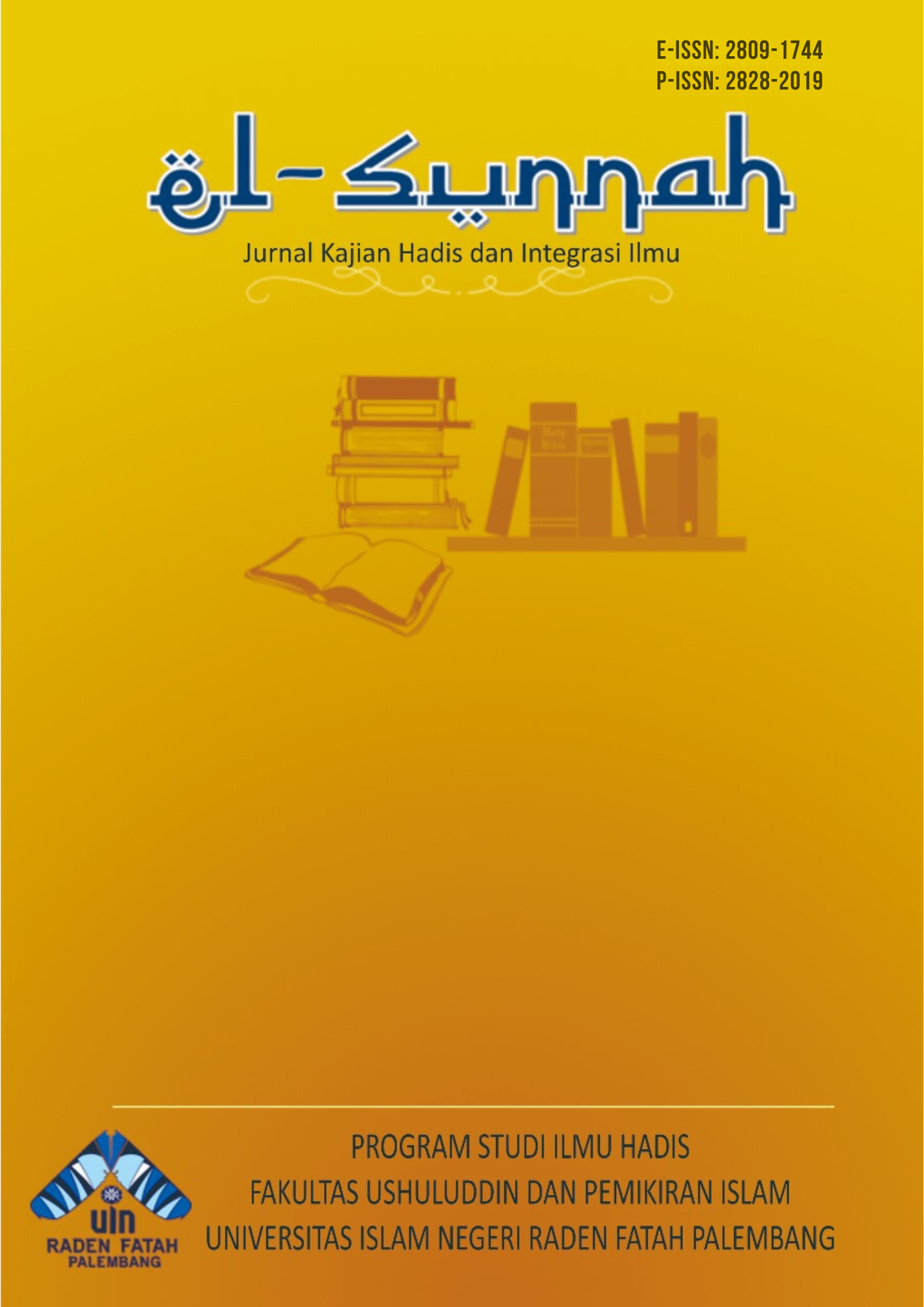The Hadith on the Veil (Niqab): A Critical Analysis by Muhammad al-Ghazali
Main Article Content
Abstract
This research examines hadiths related to the niqab through the hadith criticism approach of Muhammad Ghazali and the symbolic interaction theory of Herbert Blumer. The main focus is to understand the theological validity of the niqab within Islamic tradition, as well as to interpret the social symbols and dynamics associated with its use in modern society. This study employs the takhrij method to analyze the sanad and matan by examining relevant sources that align with the discussion. The results of this study indicate that the hadiths regarding the niqab are generally classified as ahad hadiths, with some being categorized as dhaif, making them insufficiently strong to serve as a basis for legal obligations. From the perspective of symbolic interaction theory, the niqab is interpreted as a social symbol that carries various meanings depending on cultural context and social interactions. This research provides a holistic insight into the niqab, both as a religious doctrine and as a symbol within social dynamics.
Article Details
How to Cite
“The Hadith on the Veil (Niqab): A Critical Analysis by Muhammad Al-Ghazali”. el-Sunnah: Jurnal Kajian Hadis dan Integrasi Ilmu 6, no. 1 (June 16, 2025): 185–199. Accessed August 19, 2025. https://jurnal.radenfatah.ac.id/index.php/elsunnah/article/view/26753.
Section
Articles
How to Cite
“The Hadith on the Veil (Niqab): A Critical Analysis by Muhammad Al-Ghazali”. el-Sunnah: Jurnal Kajian Hadis dan Integrasi Ilmu 6, no. 1 (June 16, 2025): 185–199. Accessed August 19, 2025. https://jurnal.radenfatah.ac.id/index.php/elsunnah/article/view/26753.
